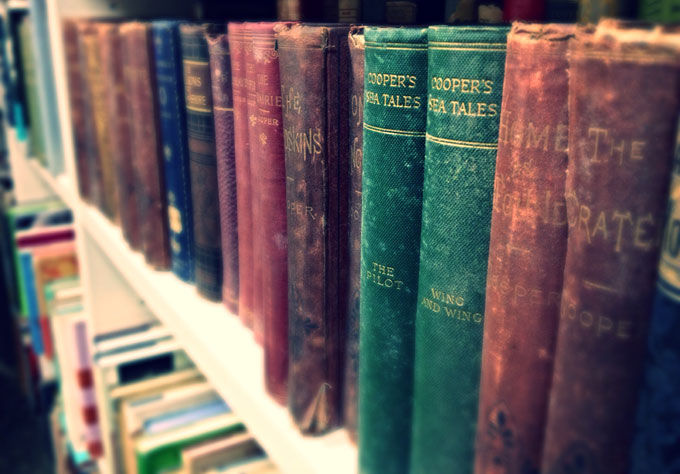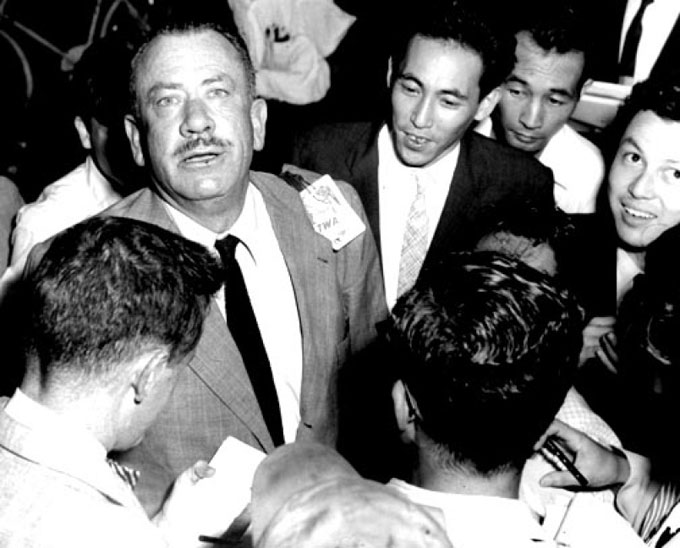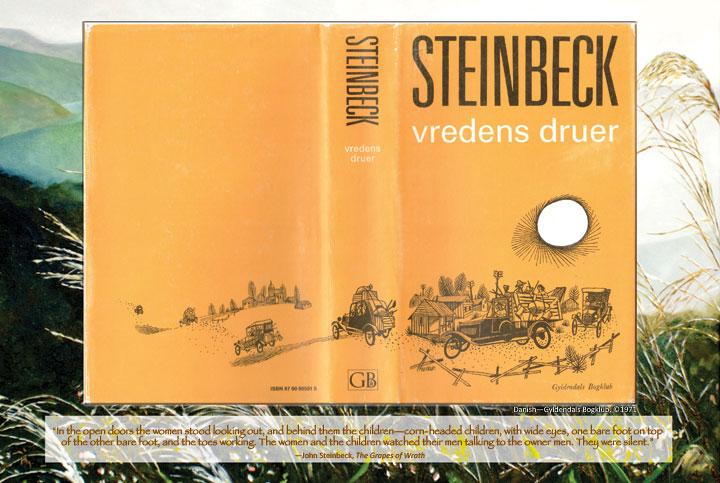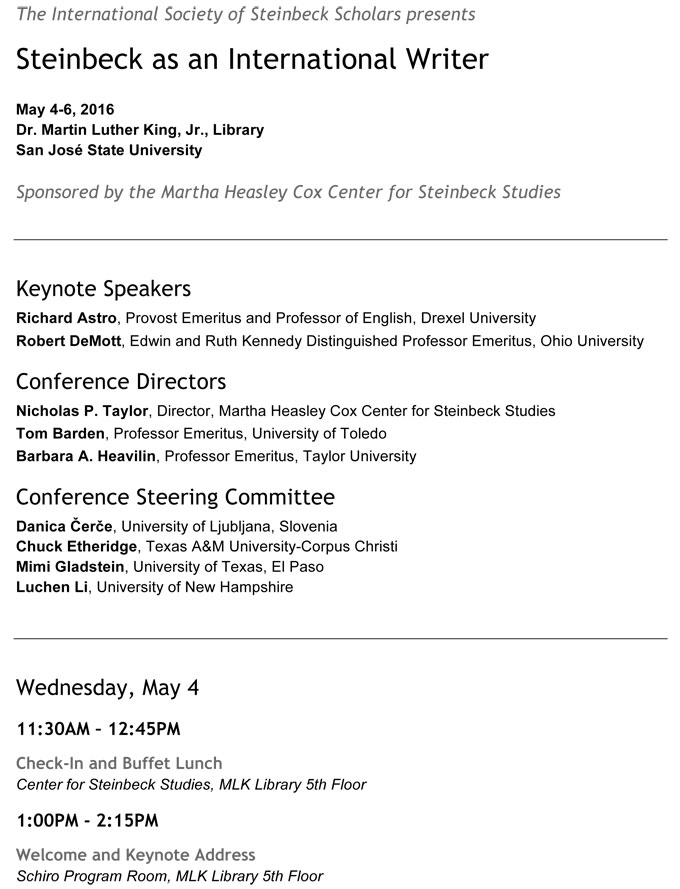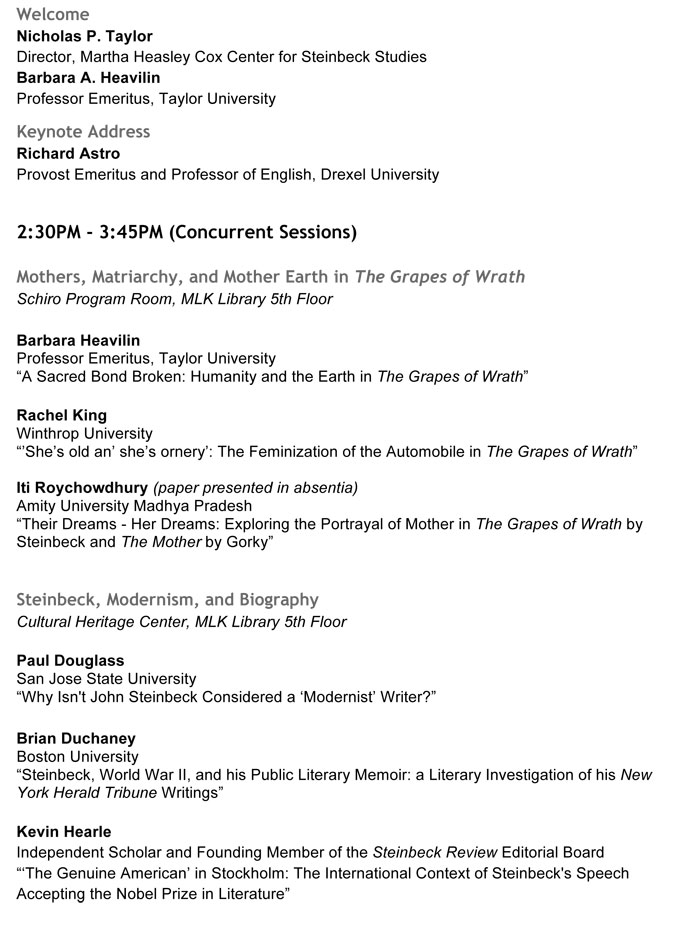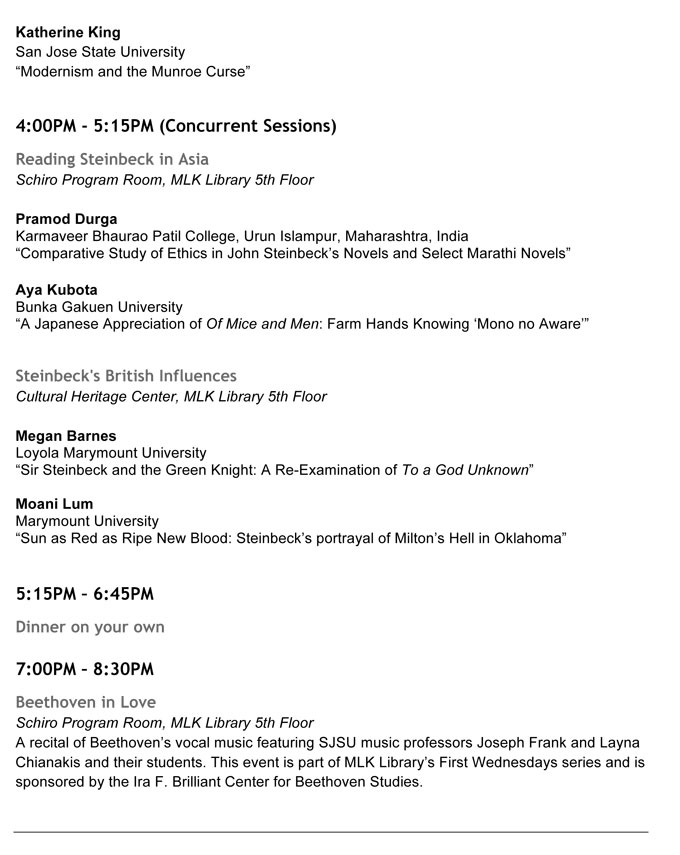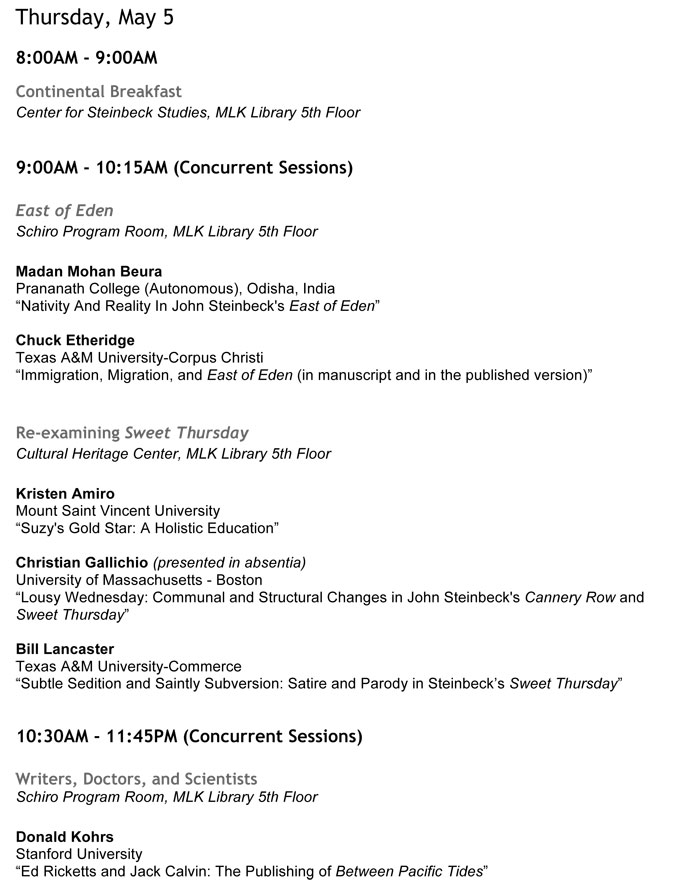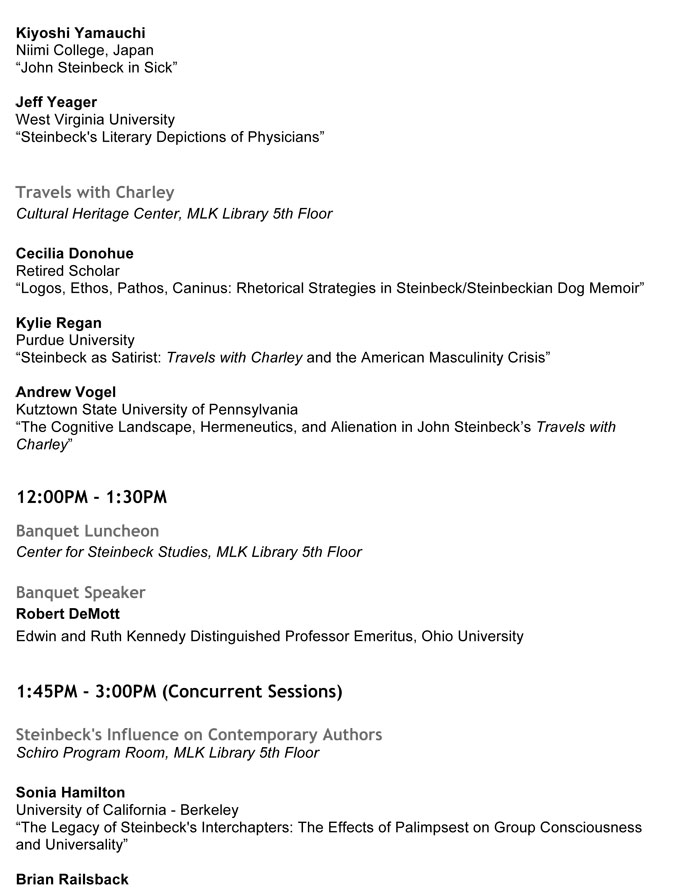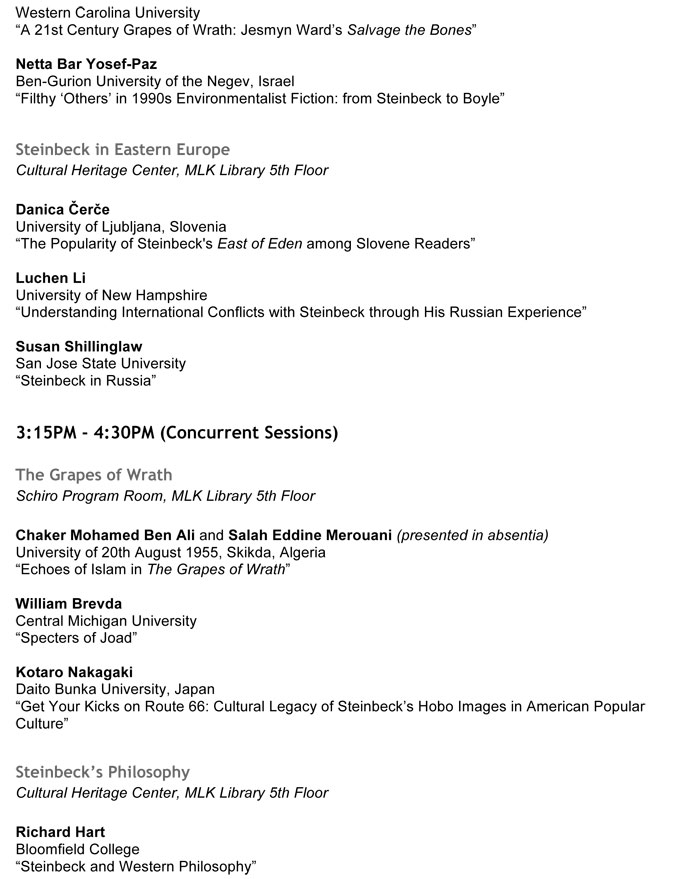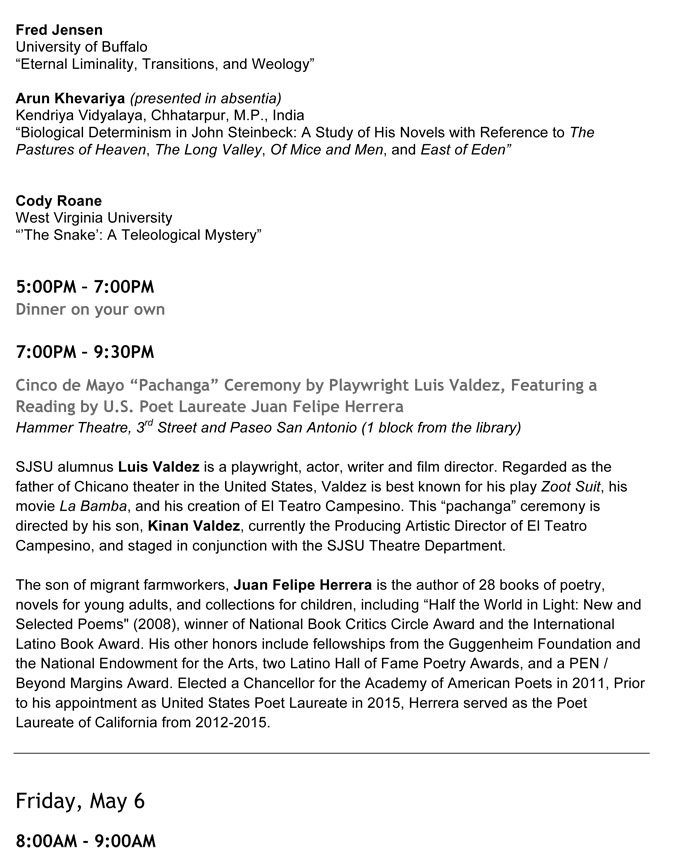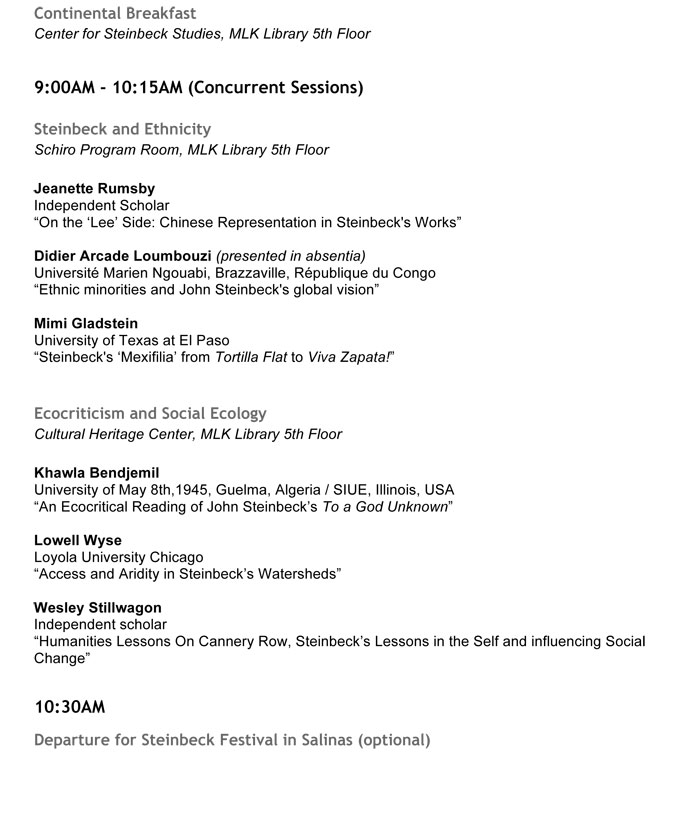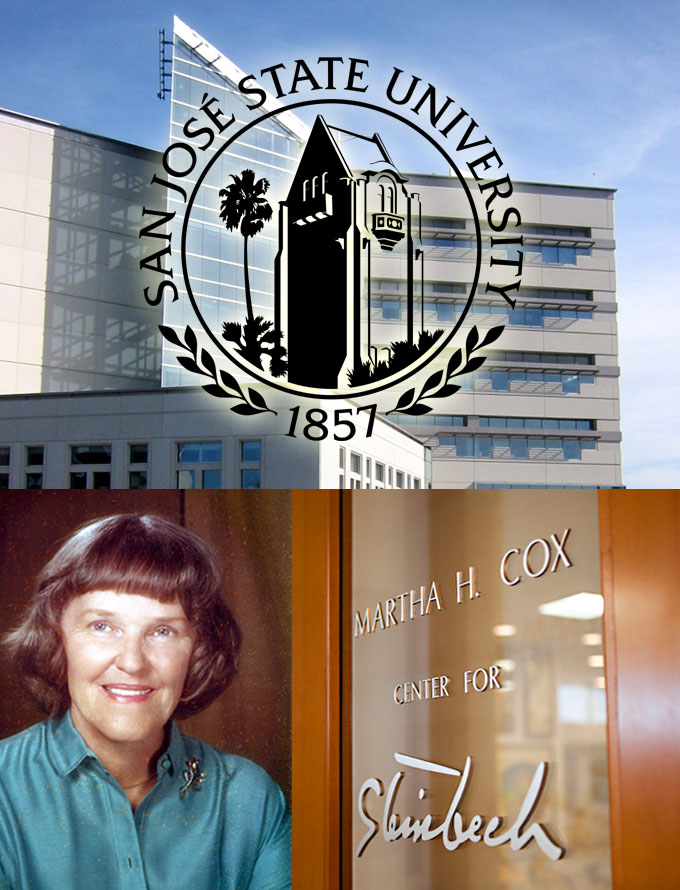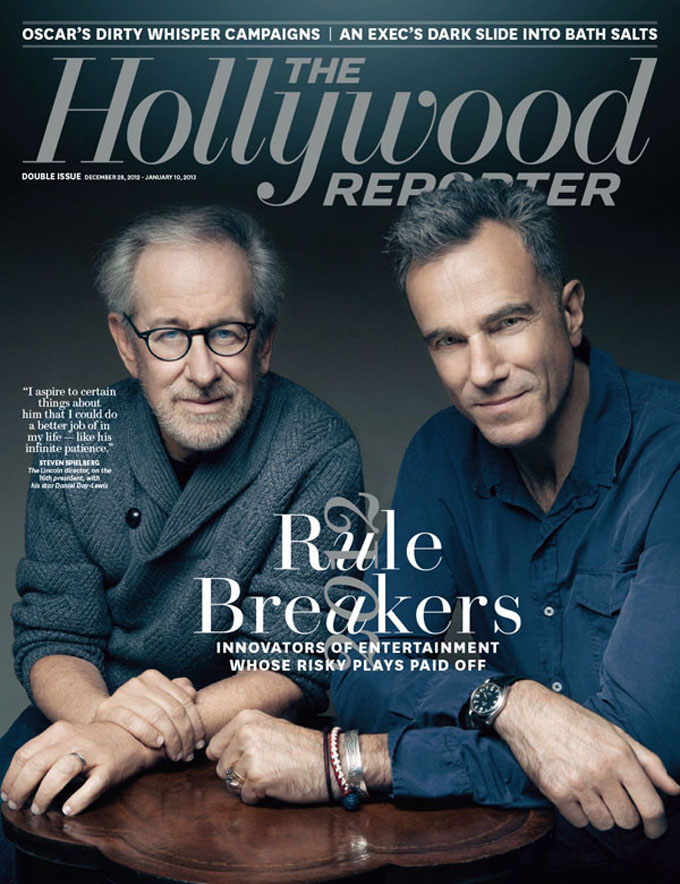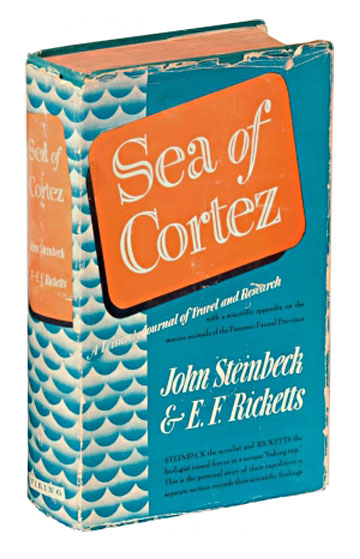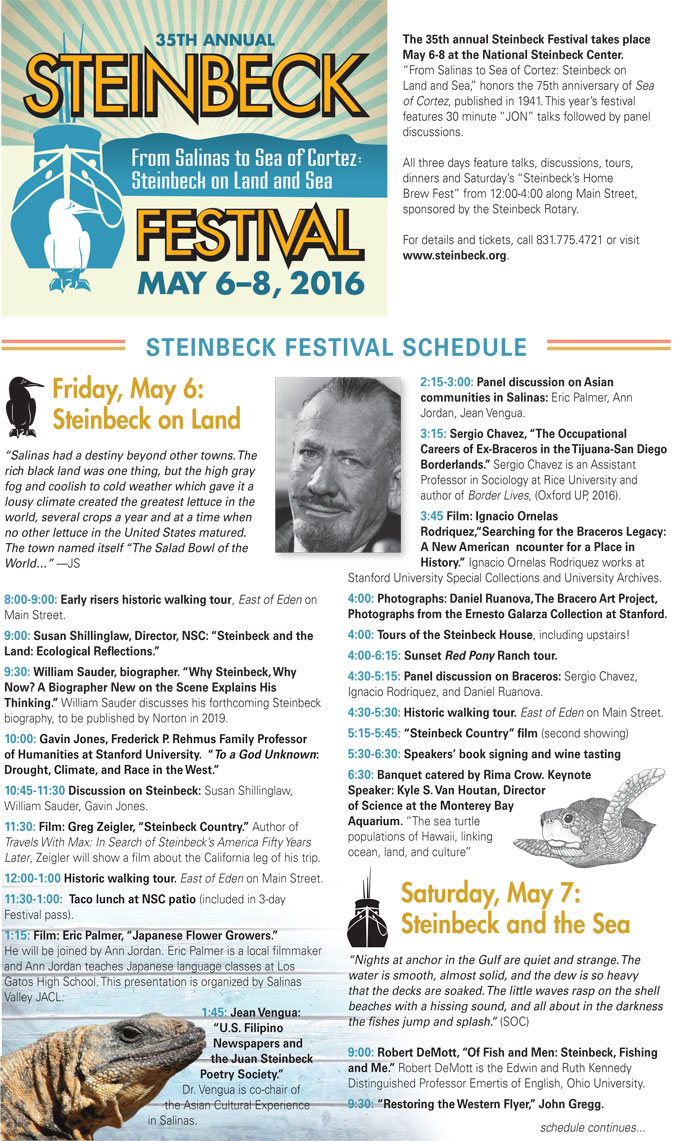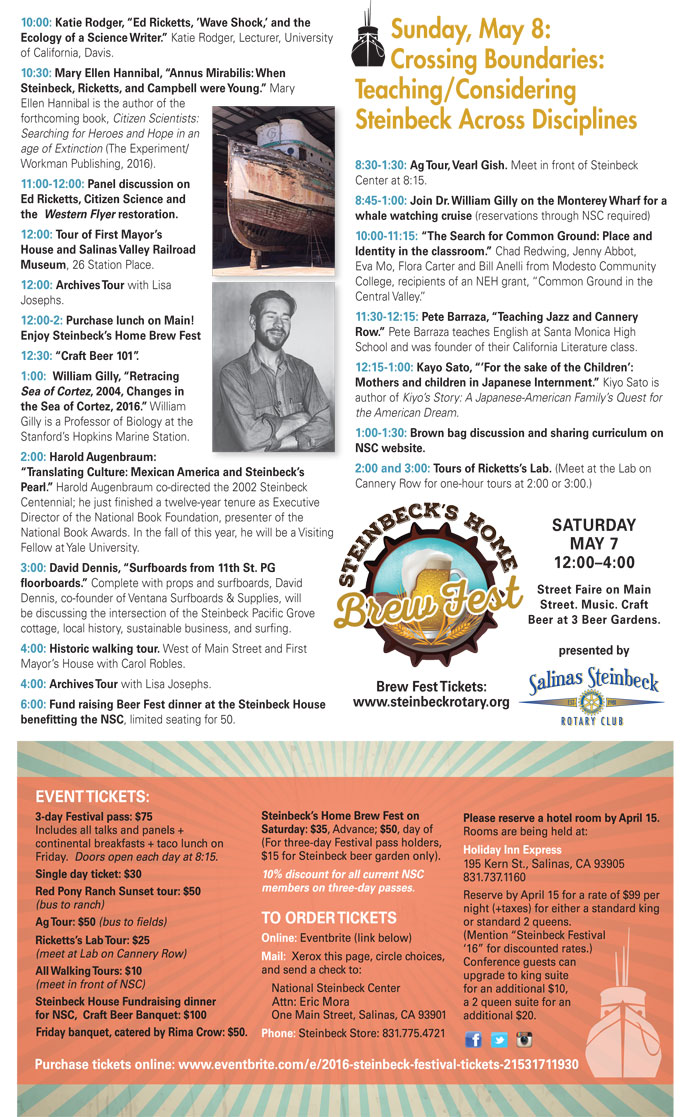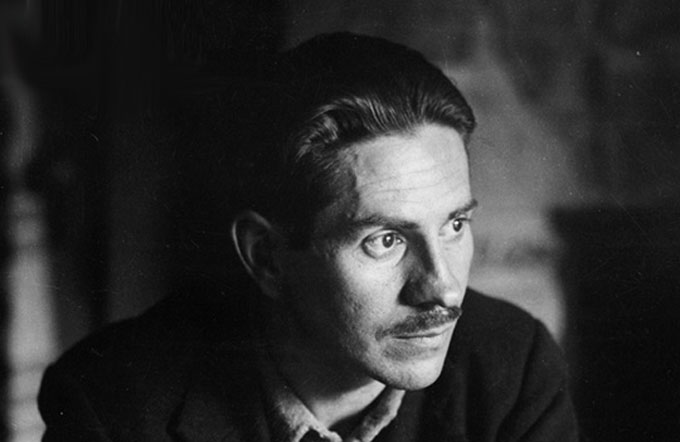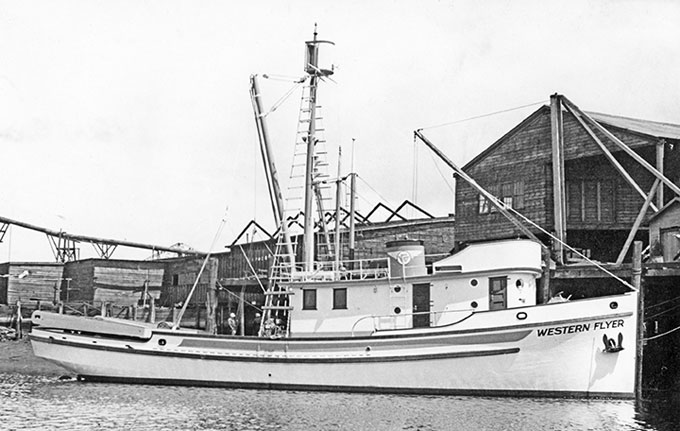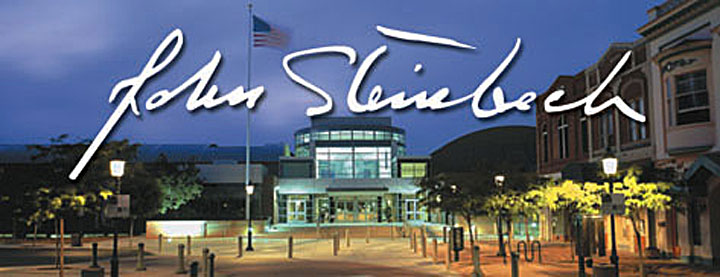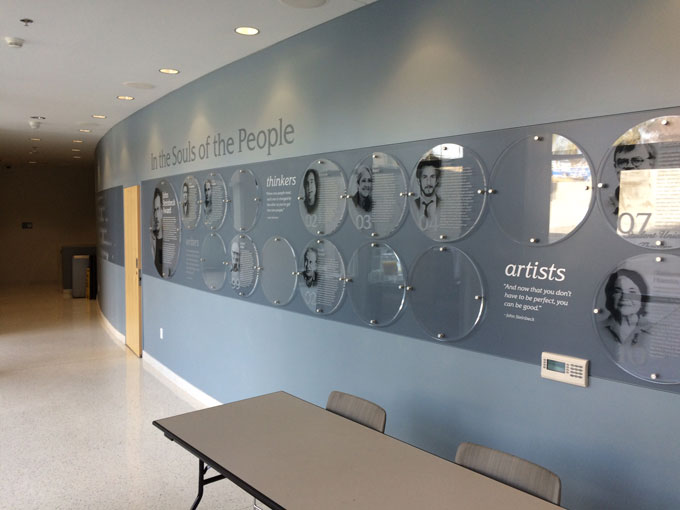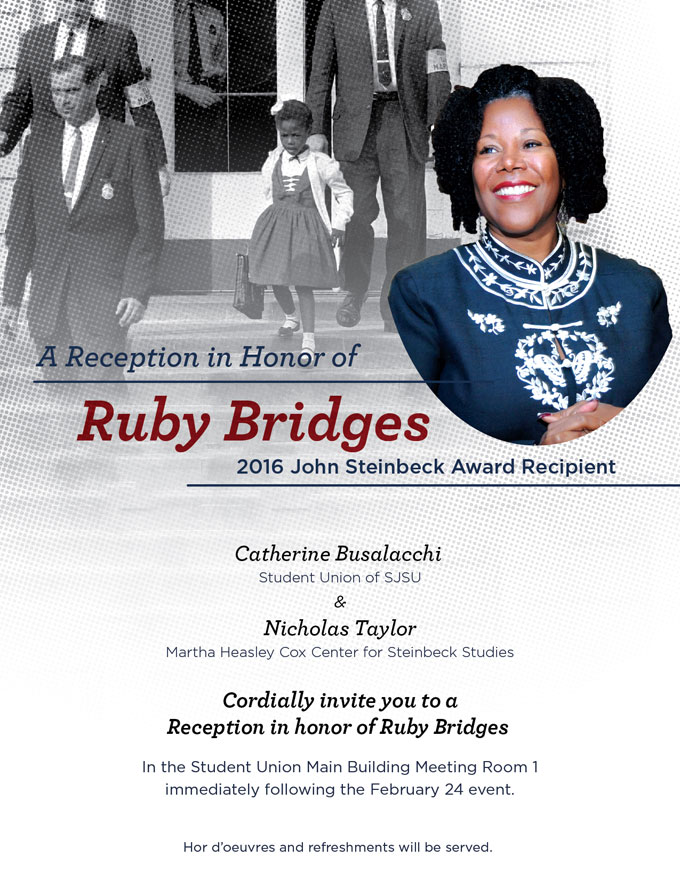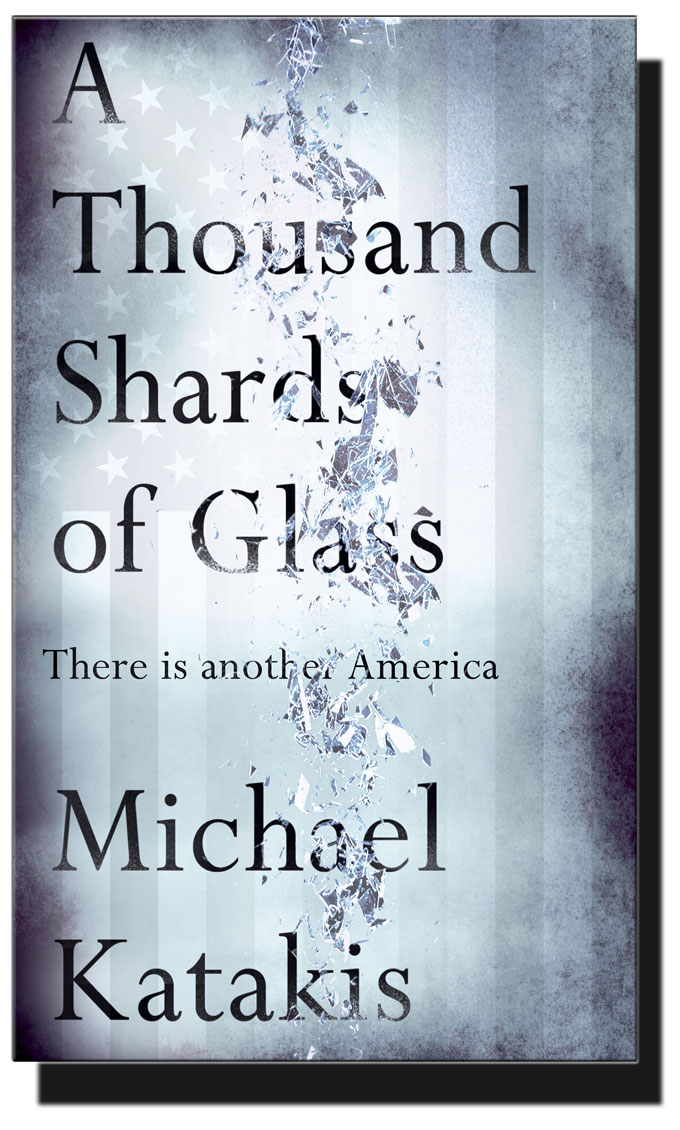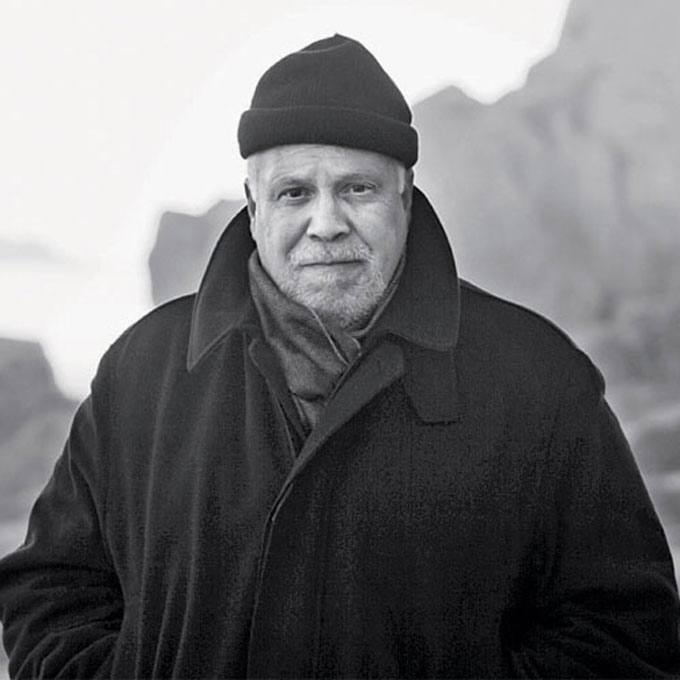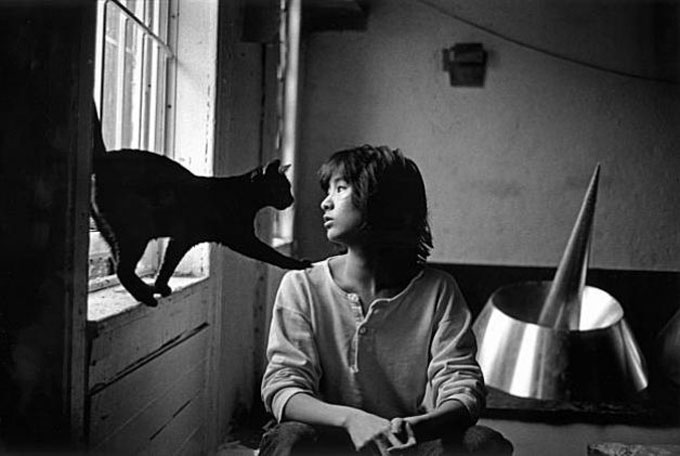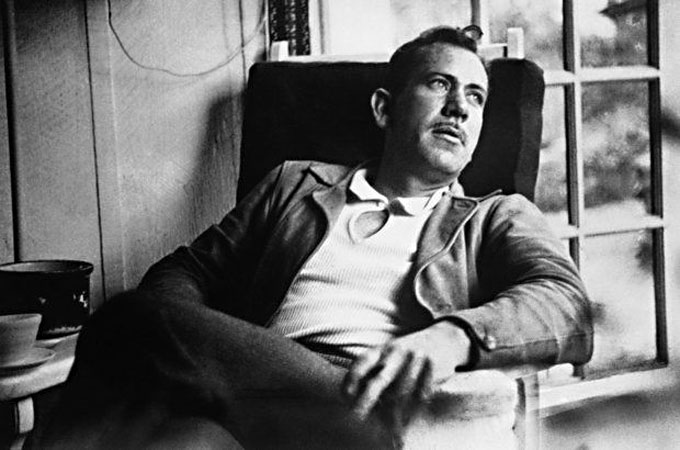If author websites are any indicator of continued popularity in American literature, Mark Twain and Ernest Hemingway are the current winners. According to my count of websites devoted to 82 American authors represented in panel titles at this week’s meeting of the American Literature Association, just a handful of writers come close to Hemingway or Twain in the number of author websites with their name in the URL. Happily, John Steinbeck is among them. Like Mark Twain (at six sites), Ernest Hemingway (nine), and John Steinbeck (four), William Faulkner, F. Scott Fitzgerald, and Jack Kerouac are the subject of at least four sites each, including one or more blog sites connecting their life and work to contemporary issues.
Just a handful of writers come close to Hemingway or Twain in the number of author websites with their name in the URL. Happily, John Steinbeck is among them.
By my count, 65 writers in this year’s American Literature Association lineup are the subject of single-author websites of one kind or another. Most are societies, study centers, or collections devoted to the author’s writing. Some are houses or museums associated with the author’s life, and 28 are blog sites that foster popularity by recording reader passion and encouraging public conversation about the author’s ideas. Steinbeck, Faulkner, Fitzgerald, and Kerouac have sites representing each category, but with four separate blog sites devoted to his life and writing, Ernest Hemingway holds the record for blog volume about an American author. Uniquely (but unsurprisingly) among the American authors I checked, Mark Twain is also the subject of a website representing the interests of an author’s estate.
With four separate blog sites devoted to his life and writing, Ernest Hemingway holds the record for blog volume about an American author.
But if blogging also equals attention span in American literature, at least a quarter of the writers on the American Literature Association marquee continue to have meaning in the lives of readers. Besides Twain, Hemingway, Faulkner, Fitzgerald, Steinbeck, and Kerouac, the list of American authors with an active blog site in their name includes Louisa May Alcott, Elizabeth Bishop, E.E. Cummings, Emily Dickinson, Theodore Dreiser, Margaret Fuller, Cormac McCarthy, Carson McCullers, Toni Morrison, Flannery O’Connor, Charles Olson, Edgar Allan Poe, Gertrude Stein, Harriet Beecher Stowe, John Updike, Kurt Vonnegut, and August Wilson. Another, Thornton Wilder, is the subject of a blog site started by family members—an idea for John Steinbeck that is, due to circumstances, unlikely to see the light of day.

